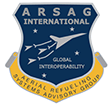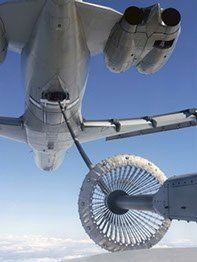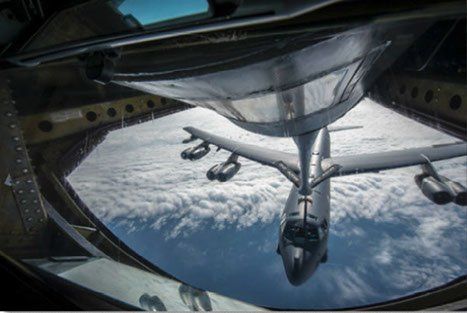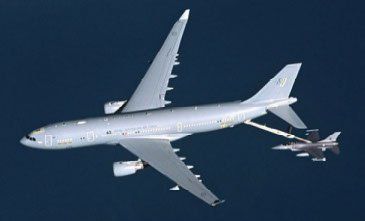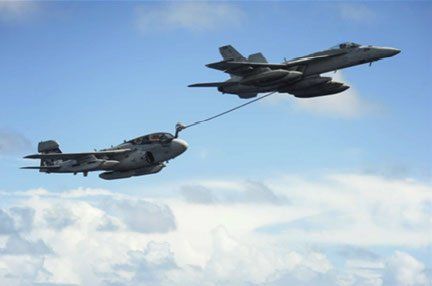ARSAG stands for Aerial Refueling Systems Advisory Group. We are a team of twenty nations’ military and industry representatives who’s mission is to advance aerial refueling. ARSAG is unique in providing an international open forum dedicated to aerial refueling. Aerial refueling innovations, developments, interoperability challenges, lessons learned are highlighted at ARSAG’s annual meetings through military status reports, seminars, military and industry briefings, discussions, and exhibits.
ARSAG is designated by the US DOD as the Joint Standardization Board (JSB) for Aerial Refueling Systems. The objective of the JSB is to achieve common, mutually satisfactory solutions to shared requirements and needs.
ARSAG brings together the US Air Force, US Navy, US Marine Corps and US Army with NATO and Allies from twenty nations to promote the common good and the safety of joint military operations and aerial refueling systems. These representatives of military and industry work through ARSAG, a not-for-profit professional organization, to improve all aspects of aerial refueling worldwide.
ARSAG has served the aerial refueling community continuously since 1978. The Aerial Refueling Systems Advisory Group (ARSAG) is a joint military-industry professional organization formed to provide a single inter-service and international agency to advise on aerial refueling
